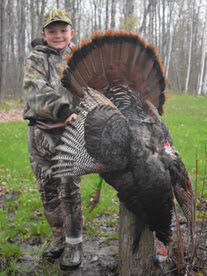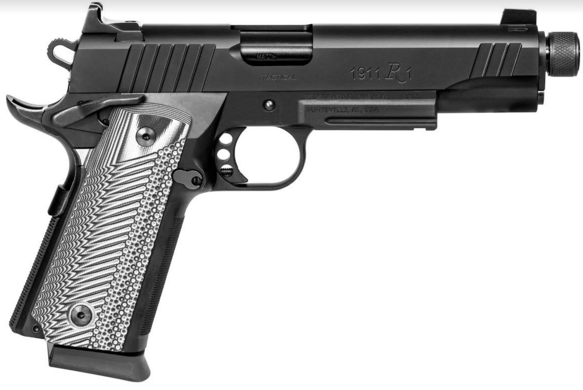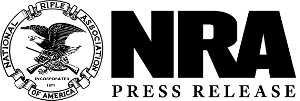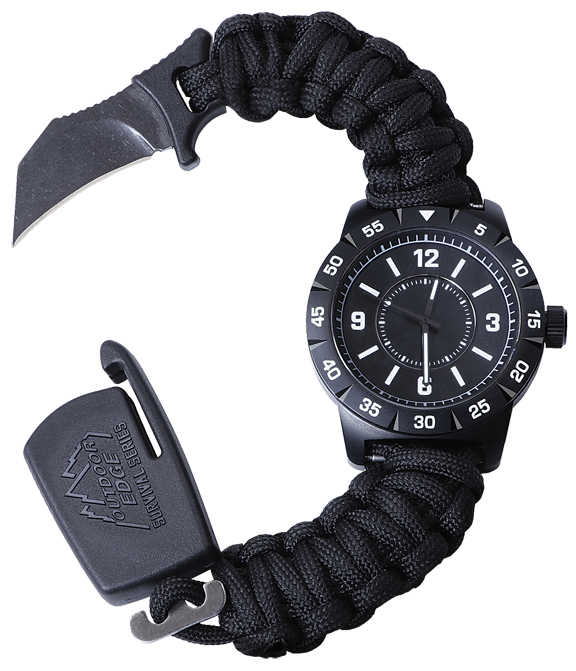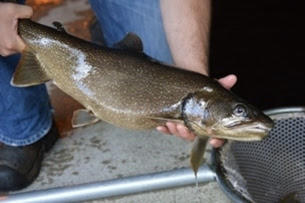NSSF’s Project ChildSafe Named Finalist for National Safety Council Award
Project ChildSafe recognized for contributions toward promoting firearms safety at national, local level.



CHICAGO — Project ChildSafe, the firearms safety education program of the National Shooting Sports Foundation (NSSF), was honored to be named among finalists vying for the National Safety Council’s 2018 Green Cross for Safety Awards, which were presented May 23. NSSF and Project ChildSafe’s selection as one of three finalists for the Excellence in Safety Award recognized the program’s continued commitment to helping prevent firearms accidents, thefts and misuse. Read more

